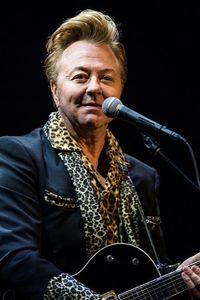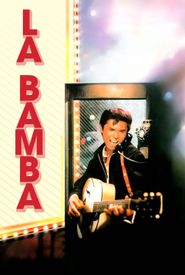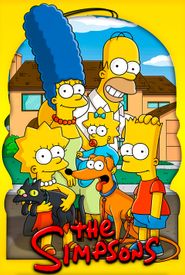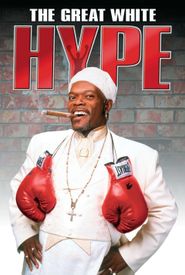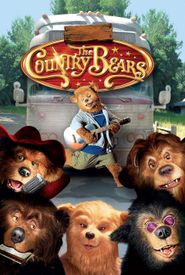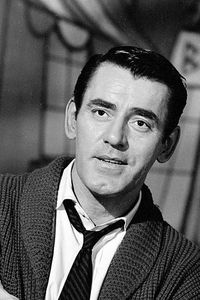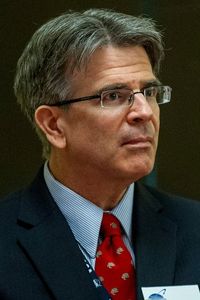Brian Setzer, the renowned singer, songwriter, and guitarist, was born on April 10, 1959, in the vibrant city of New York. Growing up in Massapequa, Long Island, he developed a strong foundation in music, studying the euphonium, a tuba-like instrument, as a kid. Brian's early musical endeavors included playing the baritone horn in grade school and regularly visiting local jazz clubs in New York City during his teenage years.
In 1979, Brian, along with drummer Jimmy McDonnell (aka Slim Jim Phantom) and upright double bass player Lee Rocker, formed the rockabilly trio the Stray Cats. The band's unique sound and energetic performances quickly gained popularity, and they decided to head to London in 1980 to explore the thriving Rockabilly scene in the UK. After several months of gigging in London, the Stray Cats' music spread like wildfire, and they were signed by Arista Records.
Their first single, "Runaway Boys," hit the UK charts in November 1980, followed by "Rock This Town" in 1981. In 1982, the band released their debut US album, "Built for Speed," which reached the number 2 spot on the US album charts. A second album was released in 1983 before the band went their separate ways in 1984.
Brian's musical journey continued as he joined Robert Plant's touring band, the Honeydrippers, from 1985 to 1986. He also made his acting debut, portraying 1950s rock singer Eddie Cochran in the film "La Bamba." The Stray Cats reunited in 1986 but eventually disbanded again in the early 1990s.
In the mid-1990s, Brian formed the 17-piece swing band ensemble, the Brian Setzer Orchestra, which has released several albums and performs regularly in concert. Additionally, Brian has recorded a significant number of solo albums, including "The Knife Feels Like Justice," "Rockin' By Myself," "Nitro Burnin' Funny Daddy," "Rockabilly Riot Vol. 1: A Tribute to Sun Records," "13," and "Red Hot & Live."
Throughout his illustrious career, Brian has won numerous awards, including three Grammy Awards for his music. His spirited rendition of "Jump Jive An' Wail" won the Grammy Award for Best Pop Performance Duo/Group, and he received two Best Pop Instrumental Performance Awards for "Sleepwalk" and "Caravan." Brian also won the Orville H. Gibson Lifetime Achievement Award at the Gibson Awards in 1999.
In his personal life, Brian met his third wife, Julie Reiten, when she auditioned for a spot as a back-up singer in the Brian Setzer Orchestra. She was accepted into the band and married Brian in 2005. The couple resides in Minneapolis, Minnesota.
